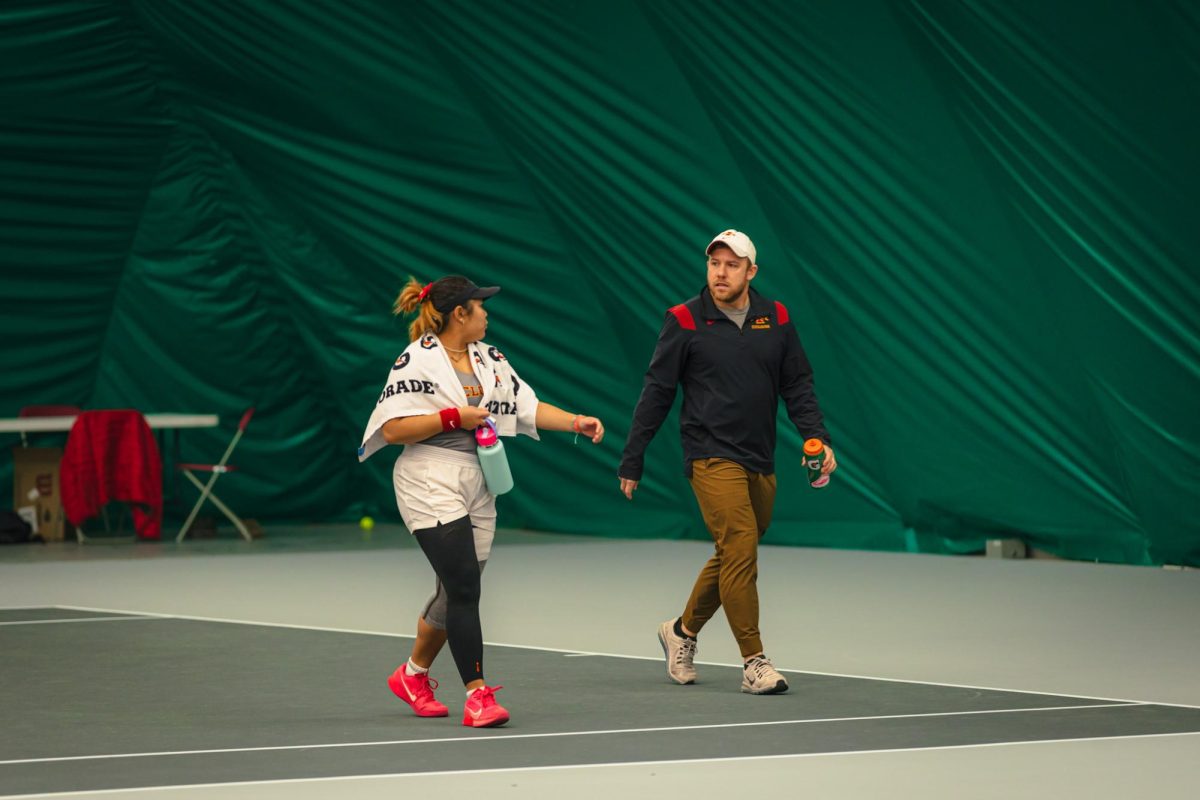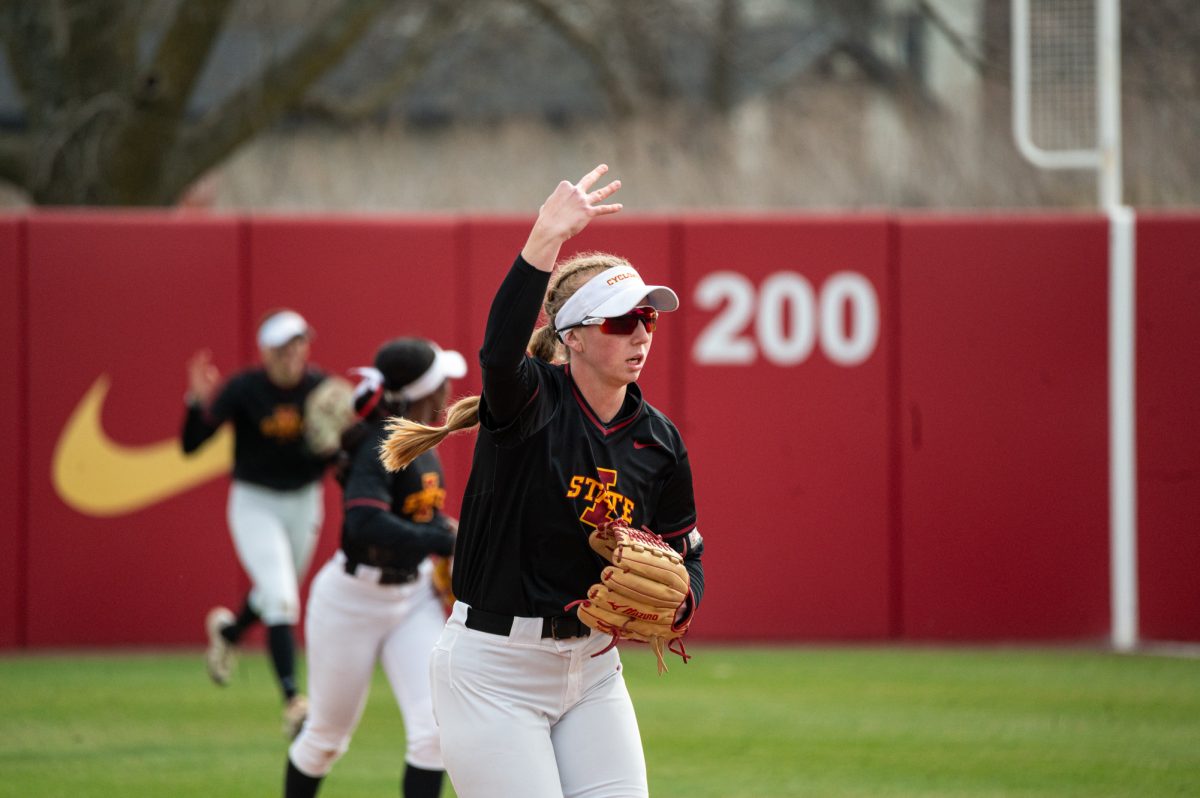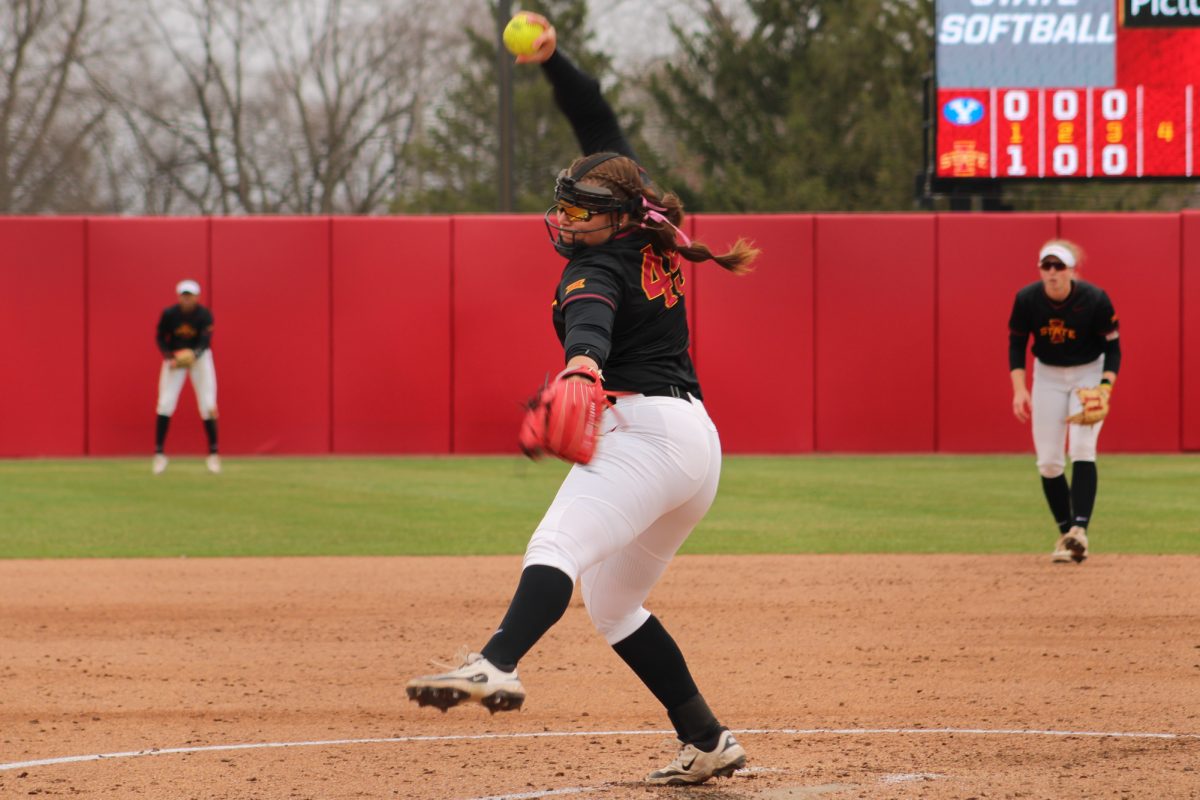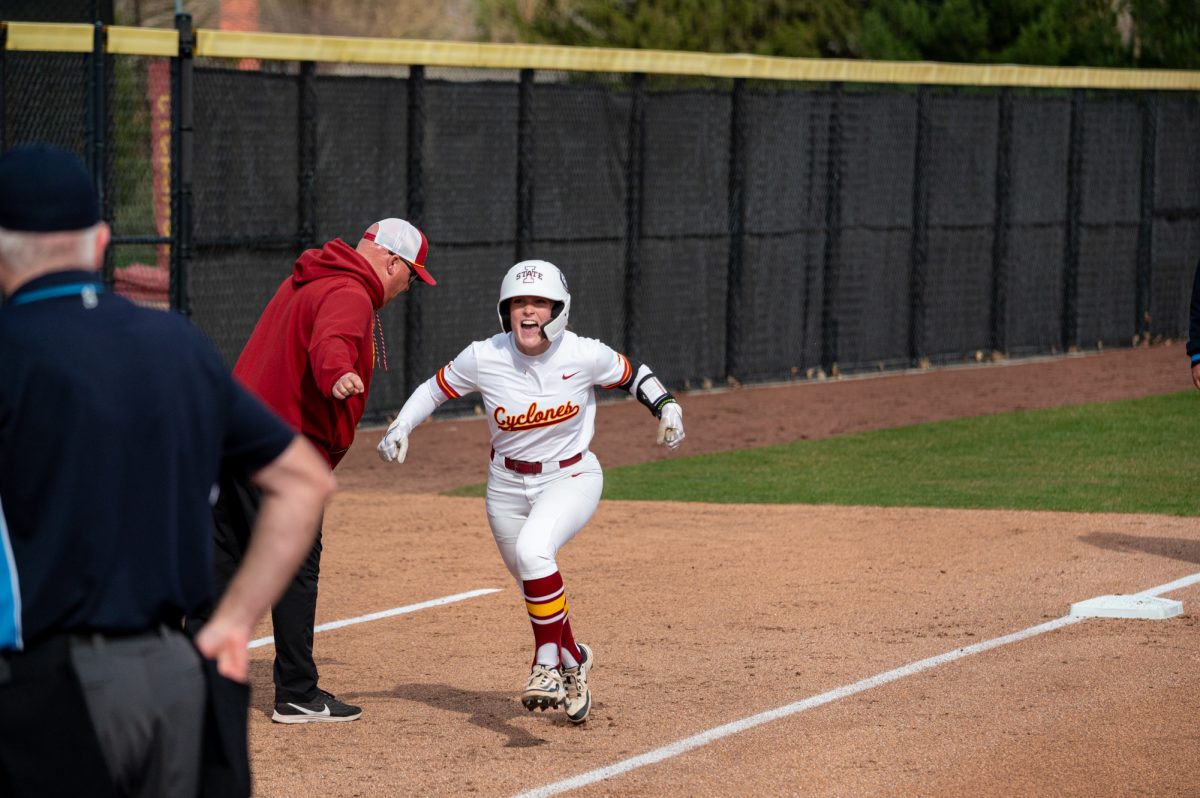Breaking the traditional college mold
November 30, 2007
Not every student comes to college right after high school ready to begin a journey to get a degree and set off to start a career.
According to US News & World Report, the percentage of college students aged 40 to 64 has increased by 20 percent, or 2 million people, in the last decade.
There are also those students who go to college despite a disability that can make it a difficult to get around or learn.
You can find those kind of students here at Iowa State.
Seeing the world, then hitting the books
Instead of heading to college upon graduating high school, Pete Sikes, freshman in history, hit the open sea courtesy of the U.S. Navy. Part of Sike’s decision was his family’s military history.
“My dad was in the Army, my mom worked for the Air Force and my brother was in the Navy, so it seemed pretty natural for me to go into the armed forces,” Sikes said.
Sikes said his sense of adventure was his reason to join the Navy.
“The Navy’s phrase at the time was ‘Join the Navy and see the world.’ I wanted to see the world,” Sikes said.
During his time in the Navy, he served on a total of five ships: the U.S.S. Inchon, the U.S.S. Ponse, the U.S.S. Badger, the U.S.S. Carr and the U.S.S. Abraham Lincoln.
While on board, Sikes worked as an electronics warfare technician, where he ran and operated the radar detectors.
After visiting about 20 different countries, Sikes retired from the Navy in 2004 and, at age 42, is currently a freshman at Iowa State.
“[The Navy] definitely made me more disciplined,” Sikes said. “I haven’t missed a class here yet.”
Sikes is looking to use his college education to get a better job than the one he currently holds at a warehouse.
“Something nonmanual labor,” he said.
Sikes also had the privilege of meeting and shaking hands with President George W. Bush and Secretary of State Condoleezza Rice.
“The average person probably doesn’t get to do that,” Sikes said. “It was pretty cool.”
Fulfilling a lifelong dream
Lynete Anderson-Neal, 40, junior in biology, decided to pursue a dream she’s had since she was 4 years old after leaving high school – becoming a veterinarian. She did not go straight to college, however.
“I wanted to go straight to college but, unfortunately, life didn’t work out that way. I was kicked out of my house after high school because I wasn’t becoming the person my mom wanted me to become,” Anderson-Neal said. “I went to live with my dad, who would’ve supported me financially and put me through college, but I had a life and a boyfriend in Des Moines.”
That boyfriend is now her husband of more than 21 years.
Neal chose that life over college at the time and worked at a pet store for five years before working as a veterinary technician at an animal clinic for 17 years.
“At the end of 17 years, I had gotten as far as you could go as a technician, and I still wanted to be the doctor. I love learning, and there wasn’t any more learning to do as a technician,” Neal said.
One day, Neal brought her 9-year-old daughter Tori to class.
“She was impressed by the size of the classes and the fact that they didn’t take attendance,” Neal said.
Neal said sometimes it would be nice to go home and only have to worry about a paper, but she doesn’t find it too difficult to balance school and family.
“School is what I’ve always wanted to do, but I only have one shot at raising her,” Neal said. “[Tori] isn’t going to suffer because of my dream.”
Getting along with a guide
There are students like Flona Frank, senior in microbiology, who have trouble with basic senses everyone else takes for granted.
Frank has an inner ear imbalance, which can affect her sense of direction. That’s where the second member of the team – Duncan, Frank’s guide dog – comes in.
“He tries to keep me from falling down,” Frank said.
Frank, who is training Duncan herself, said it is harder on the person to train a nonservice dog, but the training process isn’t much different.
“You have to be a lot more consistent, but their drive is still the same as a pet dog – they still want to please you,” Frank said.
Students who have seen this duo may have also seen the “do not pet” sign on Duncan’s harness. This is to keep Duncan from being distracted while he’s on the job.
“It’s like yanking a cane out from under someone. He is actually very playful and friendly, but he is only allowed to play when he’s not in his harness,” Frank said.






